BALTIMORE — Laser treatment for solar lentigines in individuals with darker skin types has long been associated with a higher risk of postinflammatory hyperpigmentation (PIH), but a small study in Thailand has shown the 532-nm picosecond laser with a fractional beam microlens array (MLA) had a significantly lower incidence of PIH than the full-beam treatment without MLA.
The study enrolled 27 patients with solar lentigines and Fitzpatrick skin types (FSTs) III-IV, Woraphong Manuskiatti, MD, professor of dermatology at Siriraj Hospital, Mahidol University, Bangkok, reported at the annual meeting of the American Society for Laser Medicine and Surgery. They received the fractional beam treatment on one side of the face and the full-beam on the other side. At 6 months, the incidence of PIH was about 81% lower on the fractional-beam side, Manuskiatti said.
"In the past, when we used laser to treat pigmented lesions, we used the so-called full-beam technique on the pigmented area," Manuskiatti told Medscape Medical News. "From the study, we found that you don't need to treat it at 100%. You can fractionally treat the pigmented lesion and get a really comparable treatment outcome and, at that reduced beam, less incidence of postinflammatory hyperpigmentation."
Study Design and Results
Of the 27 patients in the study, 12 were FST III (44%), 14 were FST IV (52%), and one was FST V (4%). On the fractional-beam side, the laser was delivered through a 9-mm spot size with an average fluence of 0.47 J/cm² at a frequency of 2 Hz for a total of two passes without pulse overlapping. On the full-beam side, the laser was operated with a 4.5-mm handpiece, with fluence ranging from 0.3 to 0.7 J/cm² (using an endpoint of slight darkening of the pigmented lesion) at 2 Hz.
The patients received a single treatment and had a clinical evaluation and color reading assessments at 2 weeks, 1 month, 3 months, and 6 months after the treatment. Twenty five patients completed the study.
The researchers found no statistically significant differences in lesional clearance between the two techniques at any of the follow-up assessments, Manuskiatti said. " This might be one of the alternative treatments of treating solar lentigines in dark-skinned patients," he said when presenting the study results.
He reported the rates of PIH on the full-beam and fractional-beam sides, respectively, at the following intervals were: 64% and 8% at 2 weeks, 80% and 32% at 1 month, 96% and 36% at 3 months, and 88% and 16% at 6 months.
"The incidence of PIH on the full-beam side was statistically higher than that on the fractional-beam side throughout the follow-up period," he said. Transient and mild hypopigmentation was observed in one patient (4%) on the fractional-beam side and in five (20%) on the full-beam side. Manuskiatti added that no other adverse effects were documented during the study.
" Normally when you use laser to treat skin type I or II, you don't have…PIH or darkening of the skin," Manuskiatti told Medscape Medical News, "but when you have skin type III and above, you run into a really high incidence of postinflammatory hyperpigmentation — and treating that with fractional beam can lead to a reduced incidence of darkening of the skin afterward."
A Lower-Cost Option
This study showed that the 532-nm picosecond laser with fractional beam MLA is a useful option for patients with darker skin types, Kelly Stankiewicz, MD, a dermatologist who practices in Park City, Utah, and moderated the session where these results were presented, told Medscape Medical News.
"The most challenging thing about treating lentigines in darker skin types is preventing potential side effects, mainly dyspigmentation," she said after the meeting. "These side effects are, for the most part, temporary, but they can take 6-18 months to resolve, so it's important to prevent them in the first place."
She noted that the 532-nm and 1064-nm wavelengths are the most commonly available for picosecond lasers and that they're easier to produce and less expensive. "There are picosecond lasers with middle wavelengths in the red light to near-infrared range (650-785 nm) that are better for darker skin types because they are more gentle yet still effective at targeting pigment, but these lasers are more expensive and less widely available," Stankiewicz said.
"The microlens array, used in this study with the 532-nm wavelength, is an inexpensive piece that fits at the end of the laser," she added. "So, to have an option that turns a 532-nm laser into a safer device for the treatment of lentigines in darker skin types is very helpful."
Manuskiatti and Stankiewicz had no relevant disclosures to report.
Richard Mark Kirkner is a medical journalist based in the Philadelphia area.

.webp) 1 week ago
13
1 week ago
13

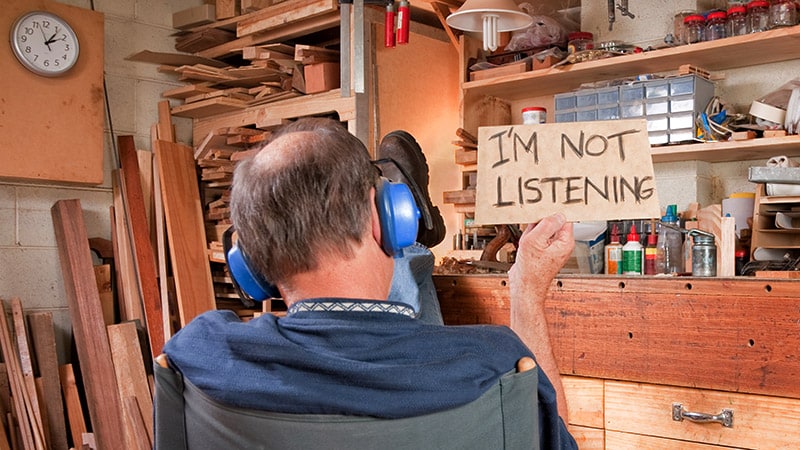
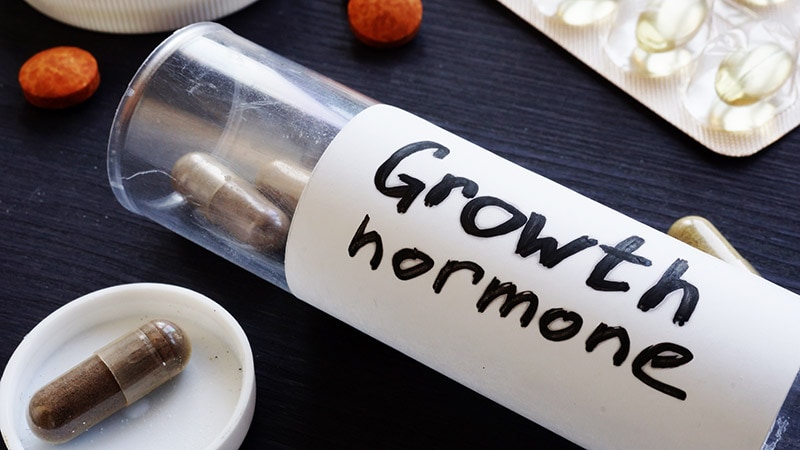
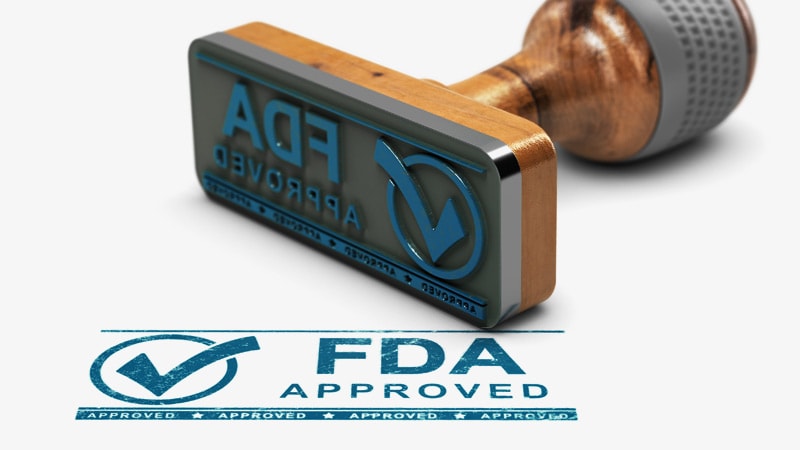
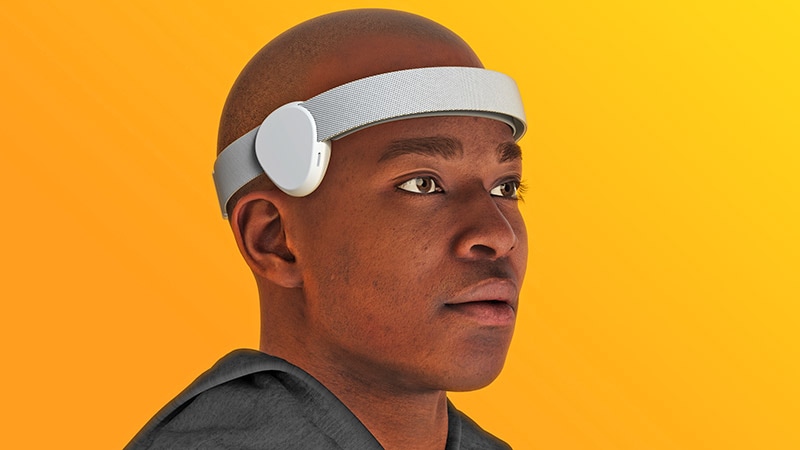

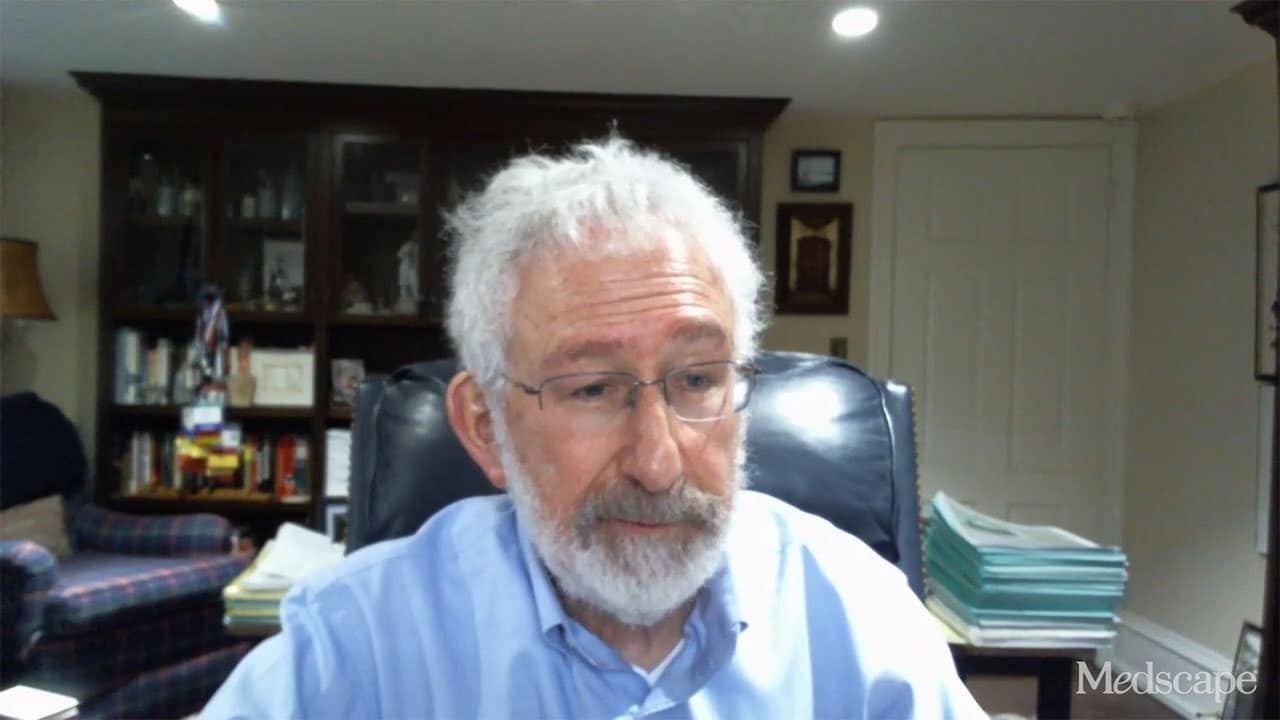





















 English (US)
English (US)